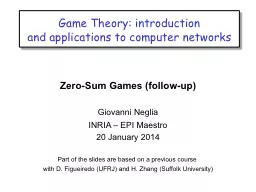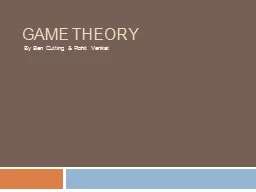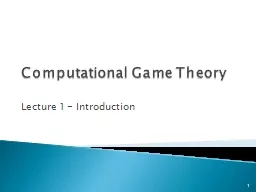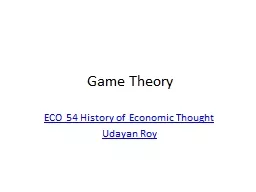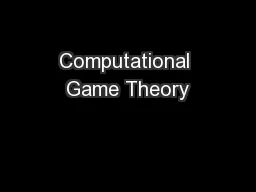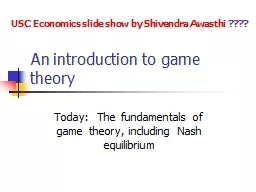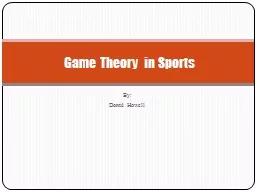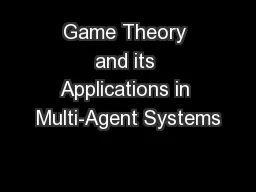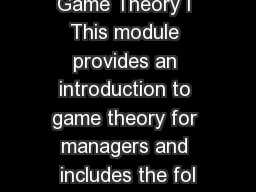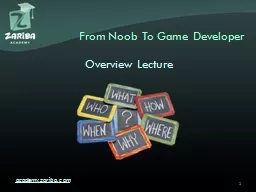PPT-Game Theory: introduction
Author : natalia-silvester | Published Date : 2016-12-14
and applications to computer networks ZeroSum Games followup Giovanni Neglia INRIA EPI Maestro 20 January 2014 Part of the slides are based on a previous course
Presentation Embed Code
Download Presentation
Download Presentation The PPT/PDF document "Game Theory: introduction" is the property of its rightful owner. Permission is granted to download and print the materials on this website for personal, non-commercial use only, and to display it on your personal computer provided you do not modify the materials and that you retain all copyright notices contained in the materials. By downloading content from our website, you accept the terms of this agreement.
Game Theory: introduction: Transcript
Download Rules Of Document
"Game Theory: introduction"The content belongs to its owner. You may download and print it for personal use, without modification, and keep all copyright notices. By downloading, you agree to these terms.
Related Documents

